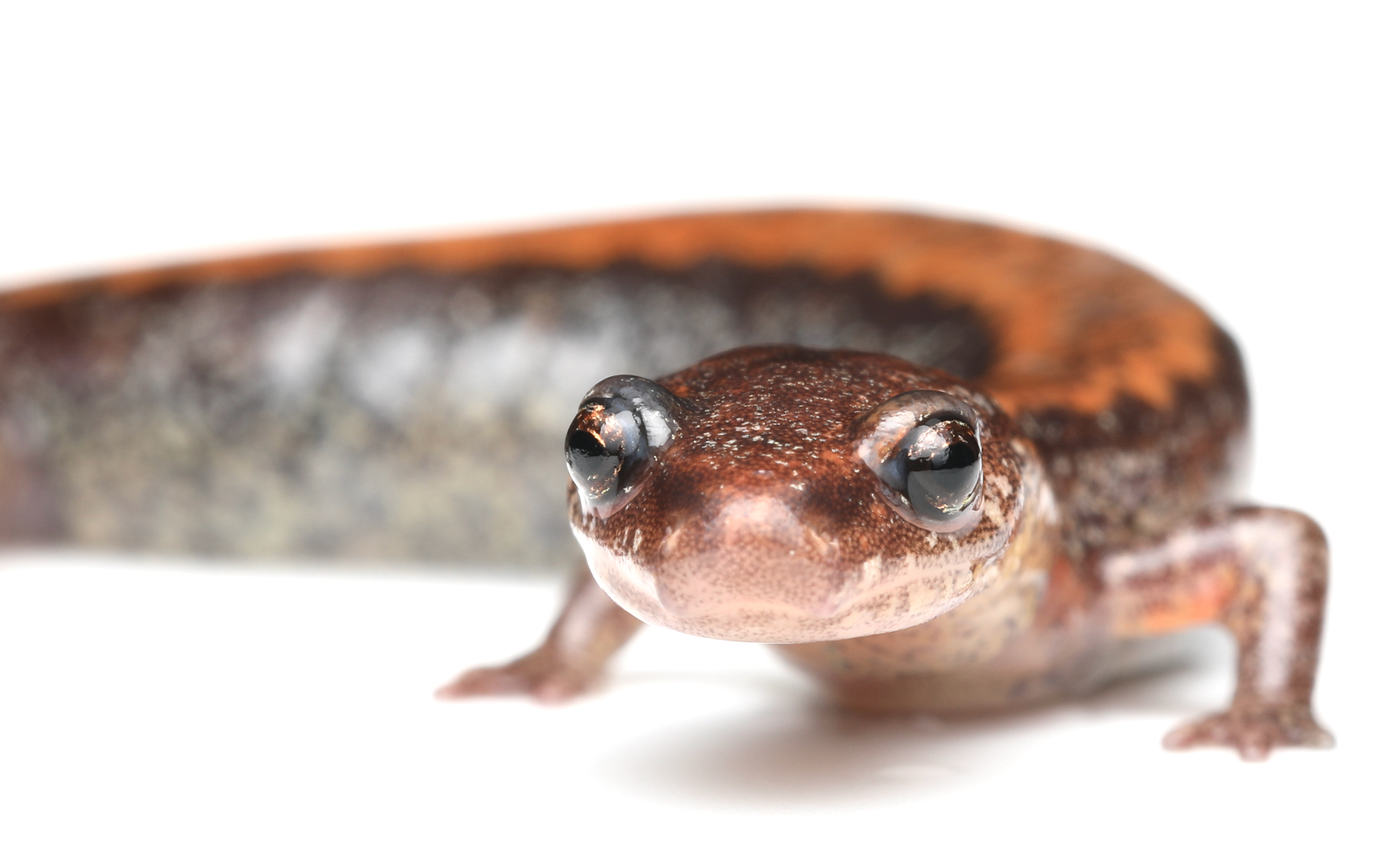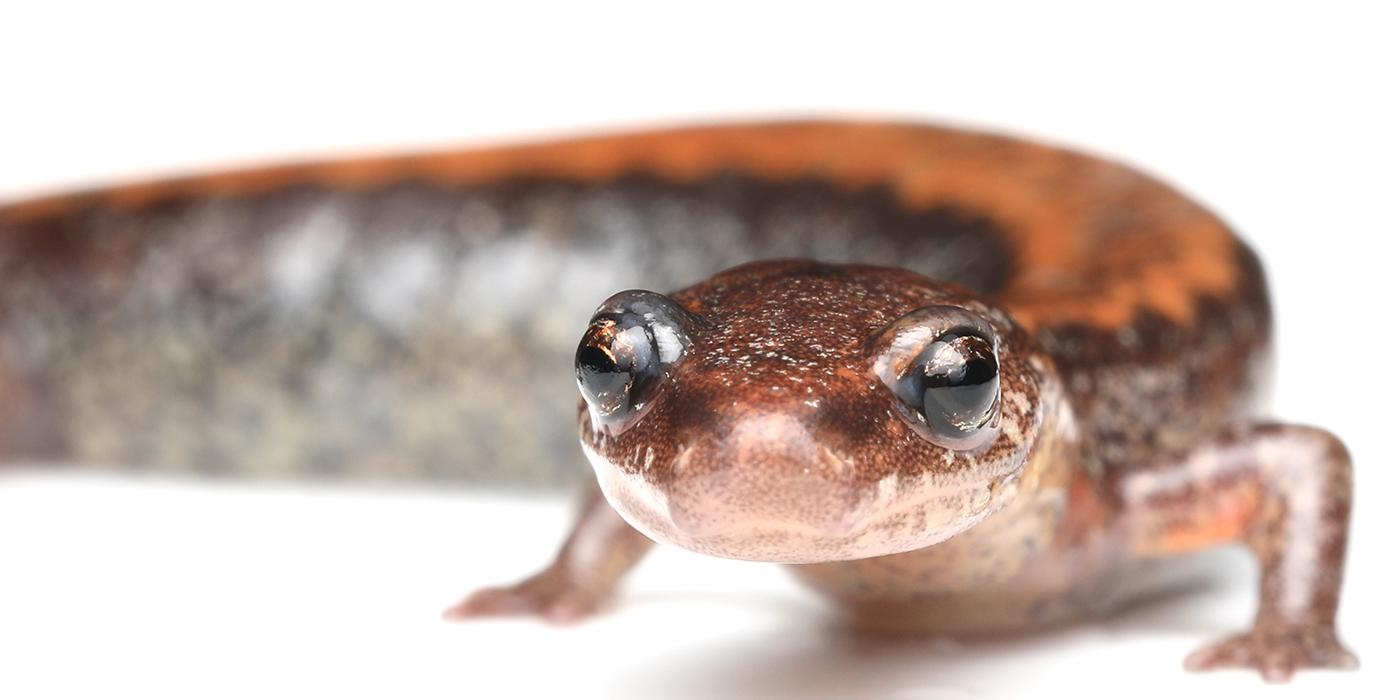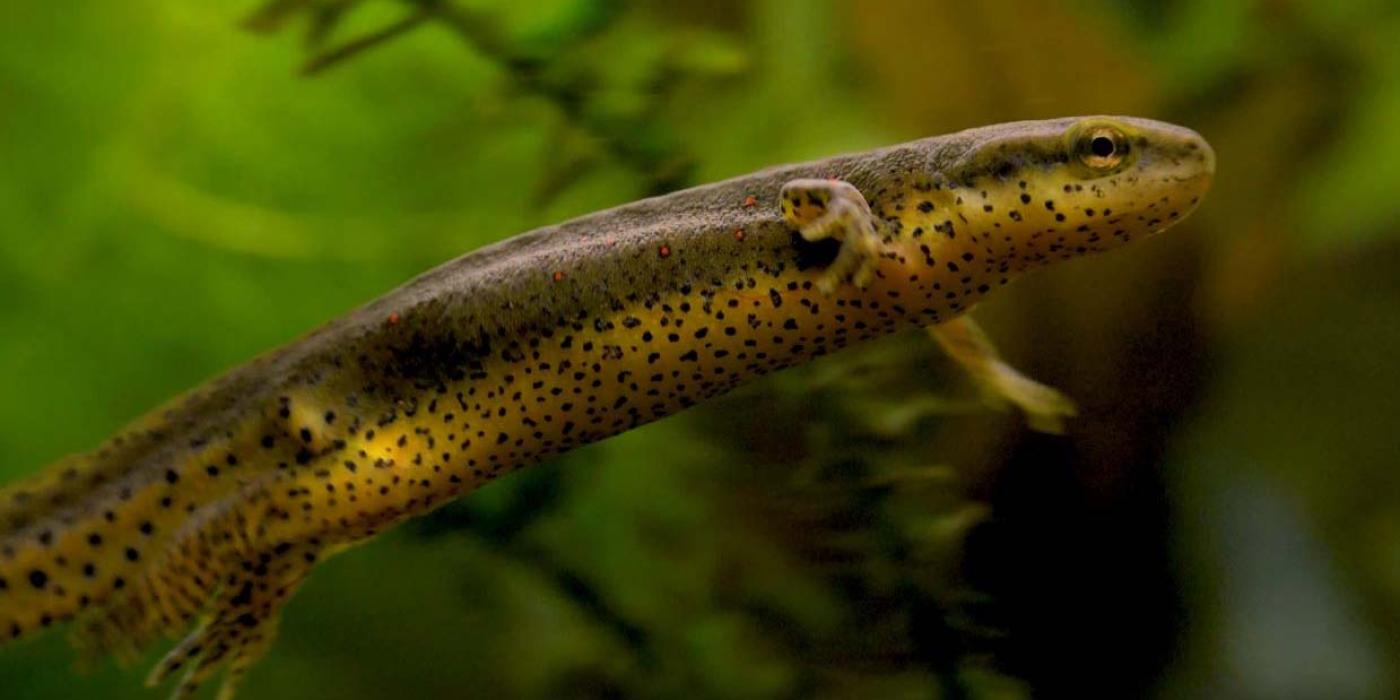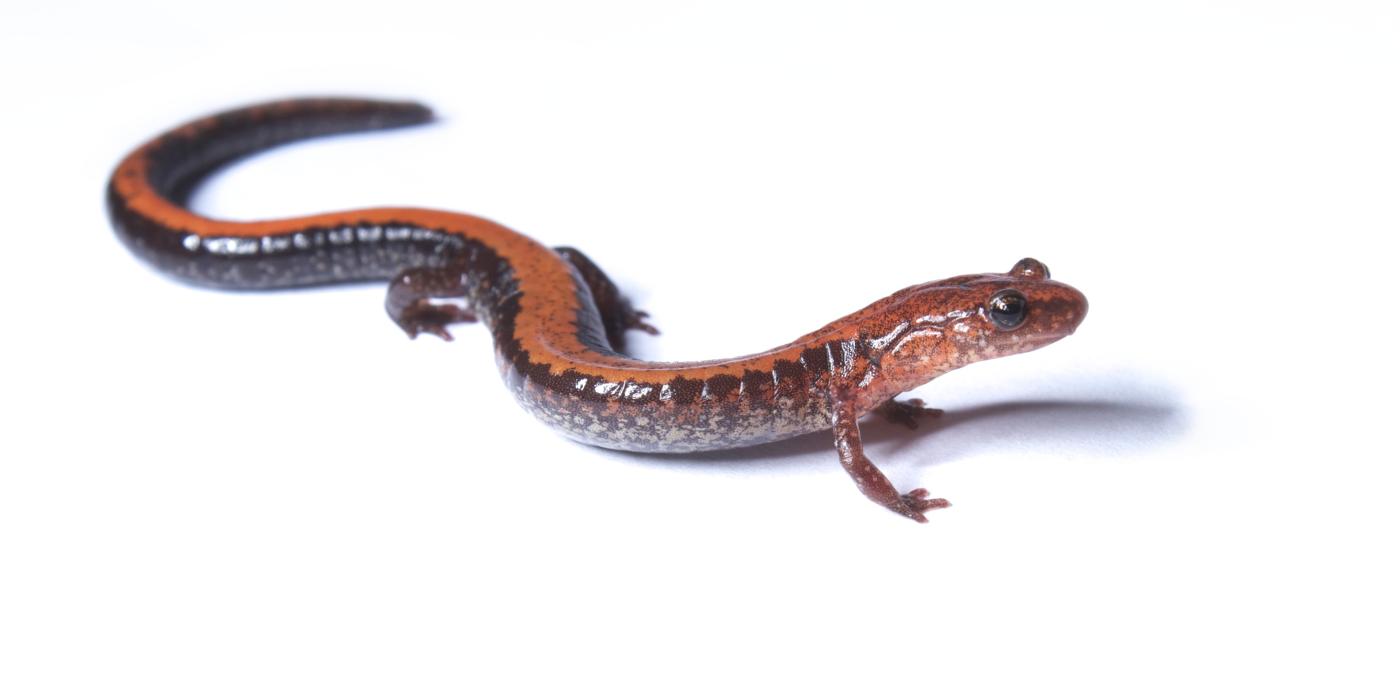Study Finds Salamanders Are Surprisingly Abundant in Northeastern Forests
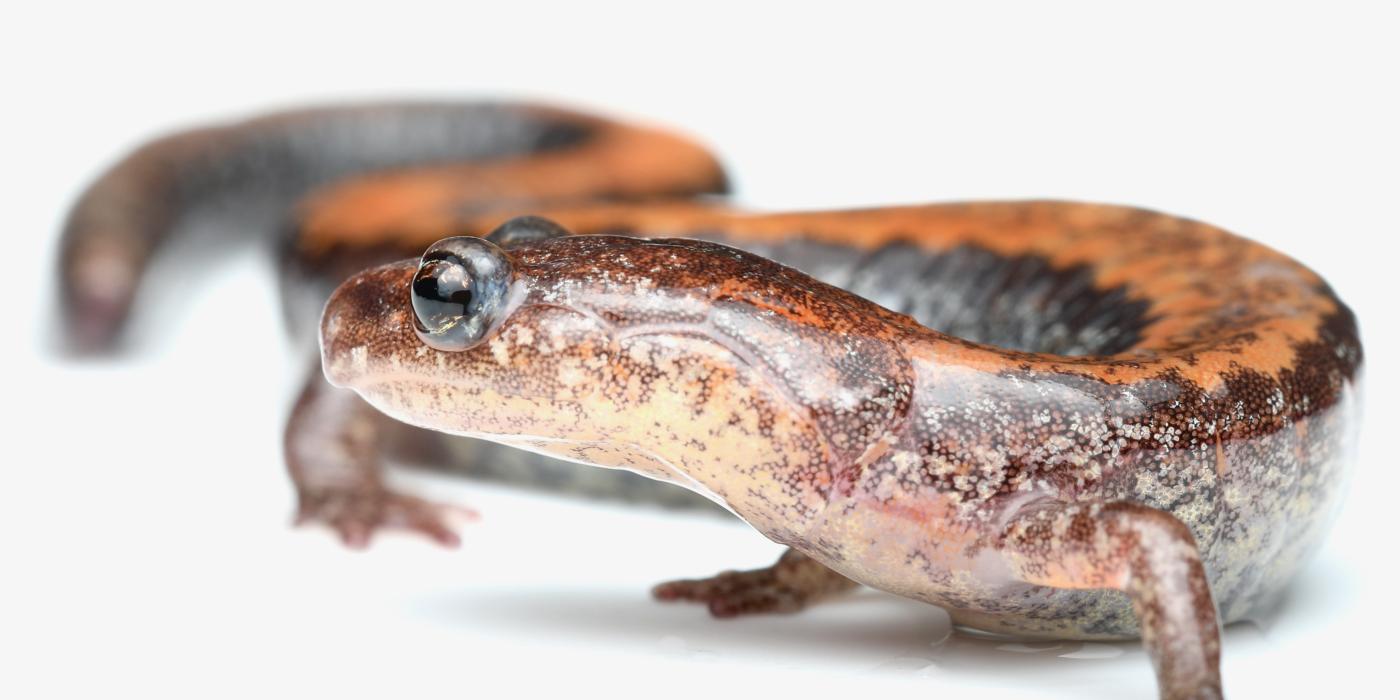
Virginia Found to Have Highest Density of Red-backed Salamanders
A recently published study sheds light on the ecological importance of red-backed salamanders in the northeastern United States. The article, published in the journal Biology Letters, revealed the amphibians’ densities and biomass across the region were much higher than expected, with a great abundance in Appalachia.
The study, conducted by the Salamander Population & Adaptation Research Collaboration Network (SPARCnet), was the first time that the densities and biomass for this common, but rarely seen, species were calculated across the extent of its range. The study authors estimated an average of 5,300 salamanders in every patch of forest the size of a football field in the Northeast. Researchers from the Smithsonian’s National Zoo and Conservation Biology Institute (NZCBI) participated in the study, surveying salamanders at the NZCBI campus in Front Royal, Virginia.
“We have always known the red-backed salamander density was high out in the foothills of the Blue Ridge Mountains,” said Matthew Evans, co-author of the study and an assistant curator of herpetology at NZCBI. “The population densities and biomass reported were greater than people imagined, demonstrating how vitally important red-backed salamanders are to a healthy forest ecosystem.”
Many salamanders, like the red-backed salamander, spend most of their time underground, so it is easy for most people to overlook them. But that does not mean people should overlook their ecological roles. Salamanders eat things that bigger consumers cannot and are themselves prey for other animals, meaning salamanders punch above their weight in an ecosystem’s food web. Even though each individual is a mere 3 inches long, the sheer number of red-backed salamanders means they also have some of the highest biomass estimated for animals in the Northeast, often greater than white-tailed deer.
The incredible magnitude of red-backed salamander presence in the Northeast captured in this study suggests red-backed salamanders, and likely amphibians in general, play a more prevalent role in terrestrial temperate ecosystems than previously suspected. That can be seen in places like Virginia, where researchers found densities of red-backed salamanders were on average three times higher than other states where this species occurs.
“The SPARCnet study put that into context, revealing the highest densities of these incredible creatures can be found in Virginia,” said Brian Gratwicke, co-author of the study and an NZCBI conservation biologist. “We are extremely fortunate to have the privilege of being able to study red-backed salamanders and train the next generation of field biologists at a place with some of the highest salamander densities in the world.”
About the Smithsonian’s National Zoo and Conservation Biology Institute
The Smithsonian’s National Zoo and Conservation Biology Institute (NZCBI) leads the Smithsonian’s global effort to save species, better understand ecosystems and train future generations of conservationists. Its two campuses are home to some of the world’s most critically endangered species. Always free of charge, the Zoo’s 163-acre park in the heart of Washington, D.C., features 2,200 animals representing 400 species and is a popular destination for children and families. At the Conservation Biology Institute’s 3,200-acre campus in Virginia, breeding and veterinary research on 264 animals representing 20 species provide critical data for the management of animals in human care and valuable insights for conservation of wild populations. NZCBI’s more than 300 staff and scientists work in Washington, D.C., Virginia and with partners at field sites across the United States and in more than 30 countries to save wildlife, collaborate with communities and conserve native habitats. NZCBI is a long-standing accredited member of the Association of Zoos and Aquariums.
# # #
Photo credit: Brian Gratwicke, Smithsonian’s National Zoo and Conservation Biology Institute
Photo caption: Red-backed salamanders were found to be highly abundant across northeastern forests, with nearly three times the average density in Virginia.
Related Species:
